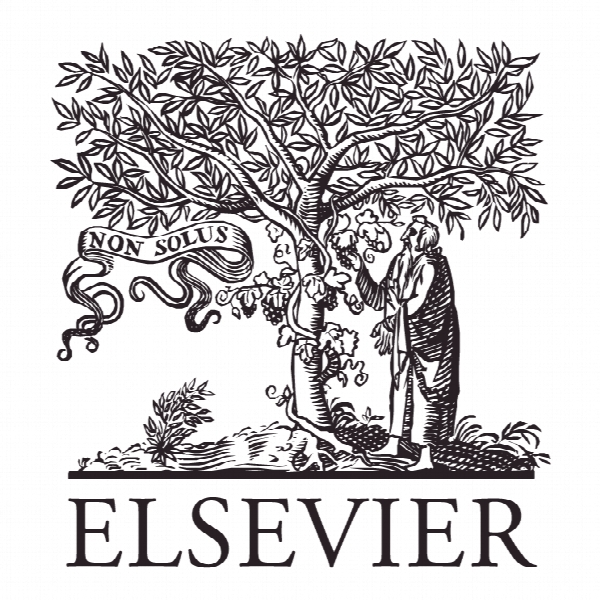اثرات طبقه بندی فهرست پایین فصل اخیر در مساله احتمالی یک دوره ای Late season low inventory assortment effects in the Newsvendor problem
- نوع فایل : کتاب
- زبان : انگلیسی
- ناشر : Elsevier
- چاپ و سال / کشور: 2017
توضیحات
رشته های مرتبط مهندسی صنایع
گرایش های مرتبط لجستیک و زنجیره تامین
مجله امگا – Omega
دانشگاه کالج تجاری Belk، کارولینای شمالی در شارلوت،امریکا
نشریه نشریه الزویر
گرایش های مرتبط لجستیک و زنجیره تامین
مجله امگا – Omega
دانشگاه کالج تجاری Belk، کارولینای شمالی در شارلوت،امریکا
نشریه نشریه الزویر
Description
1 Introduction The classical newsvendor problem is to find a perishable product’s order quantity that maximizes the expected profit under probabilistic demand (Khouja 1999). If the newsvendor’s inventory falls to zero then incoming demand goes unsatisfied. The assumption that the newsvendor can satisfy demand as long as on-hand inventory is positive does not hold for cases of heterogenous products such as fashion and food. For example, winter jackets that are ordered by a retailer in a complete assortment which includes six sizes, each in four colors, results in the complete assortment having 24 different size-color combinations. The retailer’s order may include the same number of each size-color combination. For example, the retailer may order 240 jackets, i.e. 10 jackets in each color-size combination. Alternatively, the retailer may order a larger number of more popular sizes and smaller number of less popular sizes in the total 240 jackets order. In the early part of the selling season, there will be some units on-hand of every color-size combination. As sales continue and inventory level declines, it will be less likely to have a complete assortment, i.e. every color-size combination, in stock. When the inventory level reaches 23, it is impossible to have a complete assortment. Obviously, as some size-color combinations are no longer on-hand, an arriving consumer has a lower probability of finding a unit satisfying her/his secondary features preferences, such as color or exact size, and is less likely to purchase the product. We refer to this inability to fulfill consumers’ secondary features preferences as the assortment effect. The assortment here refers to a product variations, e.g. a specific design winter jacket or real Christmas trees, and not within a product category, which is analyzed in multi-product newsvendor models with product substitution (H¨ubner and Kuhn 2012). Examples of the assortment effect in the newsvendor are common. A real Christmas tree newsvendor is very unlikely to sell the last few trees as consumers do not even come in when the newsvendor has only a few trees left and and when they do come in, it is unlikely they will find a tree they like. This assortment effect is also observed for fresh produce, fresh meats, and clothing. In this paper, we examine how the low inventory assortment effect influences the optimal order quantity and the expected profit of the newsvendor. We also examine the use of an immediate all-units pre-end of season discount, i.e. the discount is implemented as soon as inventory falls below the complete assortment level, due to high shelf space cost (Cachon 2001). We also examine the case in which the retailer follows optimal discounting, i.e. may delay the discount and sell some units at the regular price while inventory is below the complete assortment level before using a pre-end of season discount.


